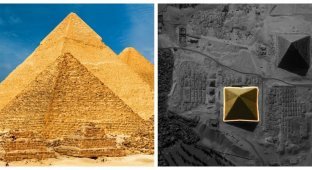The unofficial holiday “Pi Day” is celebrated annually on March 14 - specifically in order to attract the attention of schoolchildren to mathematics, to popularize scientific knowledge and careers, on this day the history of calculations of this mathematical constant is remembered and its importance for science and progress is celebrated. 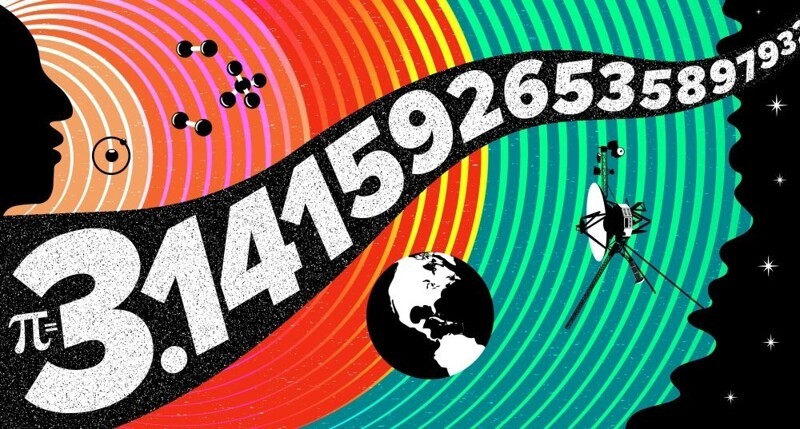
The number π is a mathematical constant that is equal to the ratio of the length of a circle to its diameter. In a very approximate form, we have known this value since school: π = 3.14. That is, if the diameter of the circle is 1 m, then the circumference will be ≈ 3.14 m. What is it about this number that it deserves its own international holiday?
1. The number π has been known since ancient times 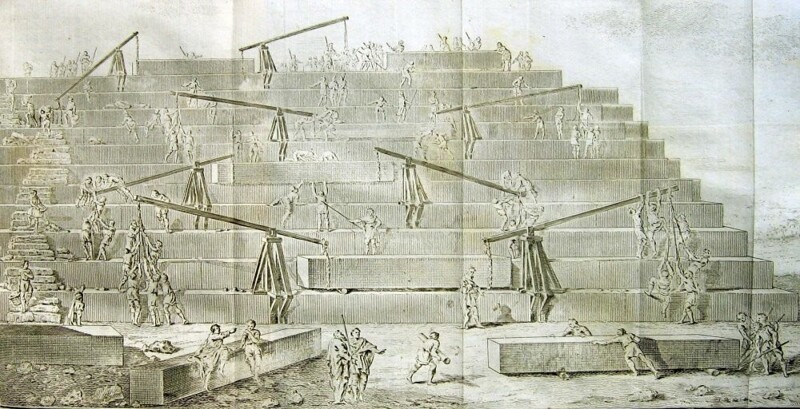
Construction of the Cheops pyramid. 18th century engraving
Already about 4000 years ago, Babylon and Ancient Egypt used an approximate value for the number π. It is believed that it could be the basis for calculating the proportions of the ancient Egyptian pyramids (this, in particular, is indicated by the ratio of half the height of the Cheops pyramid to the perimeter of its base, which, however, is not a circle in plan, but a square).
The Greek mathematician Archimedes was the first to most accurately calculate the value of the number π in the 3rd century BC. e. using the geometric method - he inscribed regular polygons in a circle and described it around it. Thus, Archimedes proposed for an approximate calculation of pi the value 22/7 ≈ 3.142857142857143.
In the 5th century AD Chinese mathematician Zu Chongzhi discovered a superbly accurate approximation of the number π: 355/113 (approximately between 3.1415926 and 3.1415927) - and this value was considered accurate for almost 1000 years!
2. Possible indications of early calculations of pi are in the Bible
Numerical calculations are mentioned in 1 Kings (7:23) and 2 Chronicles (4:2). Thus, about the altar in King Solomon's temple it is said that its size was “10 cubits from edge to edge”, and “30 cubits encircled it around” - dimensions that, apparently, made it possible to determine a very approximate value of π, equal to 3.
3. Mathematician Leonard Euler contributed to the “PR” of the number π 
Leonhard Euler first used π in a scientific paper in 1734
Until the beginning of the 18th century, the number π was called “Archimedes’ constant.” In the Middle Ages, Mathematicians defined it in Latin as quantitas, in quam cum multipliectur diameter, proveniet circumferential, that is, “the quantity which, when multiplied by the diameter, gives the circumference.”
The number symbol, the Greek letter π, was first used by the Welsh mathematician William Jones in 1706. The symbol "π" was chosen because it was the first letter of the Greek word for "perimeter" (περίμετρος). However, the term only gained currency after the 1730s, when it was used and popularized by the Swiss, German mathematician and mechanic Leonhard Euler.
4. Pi is an irrational and infinite number
This means that it cannot be expressed as a terminating decimal or fraction. The number of decimal places in the decimal fraction used to express the number π will be infinite. For centuries, this mysterious property of π has prompted mathematicians to search for as many decimal places as possible in its meaning. The first calculations of pi were carried out with an accuracy of ten digits, and with technological progress, the number of known digits of π has constantly grown. 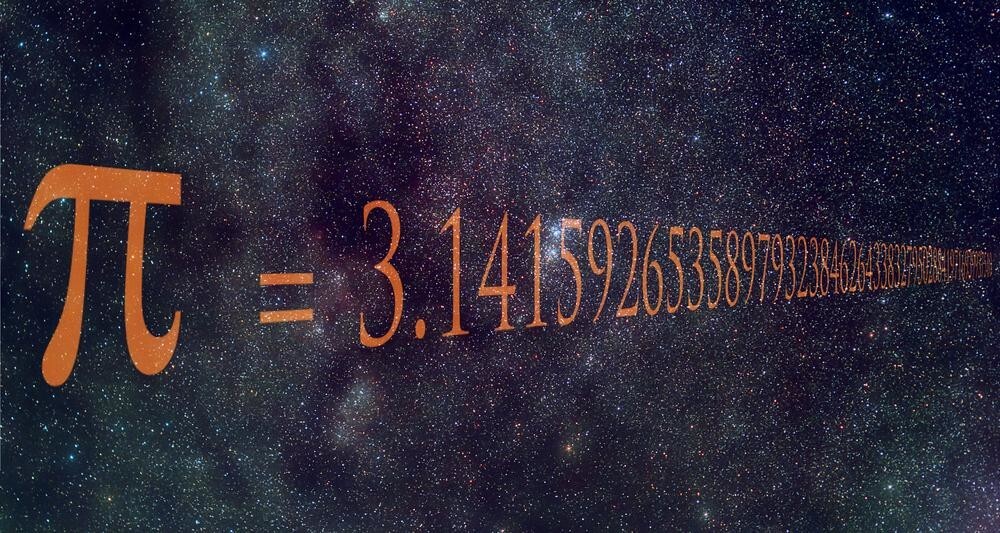
Some mathematicians devoted their entire lives to calculating the value of pi, such as the Dutch mathematician Ludolf van Zeijlen (1540-1610). He calculated the 35 decimal places of the number π, and in his honor this sequence was called the “Ludolf number”. According to legend, these 35 signs were engraved on the scientist’s gravestone, which was subsequently lost.
Thanks to modern technologies, as of June 2022, the first 100 trillion decimal places of the number π have been calculated (by the way, the last of the digits in this sequence turned out to be zero). However, the number π is infinite. In addition, billions of values of the number “pi” after the decimal point have no special practical significance.
Scientists can determine the spherical volume of our entire universe using just 39 π decimal places. According to NASA engineers, for the most accurate calculations of Earth exploration missions and robotic spacersmic travel, just the first 15 decimal places of the number π (3.141592653589793) are enough.
5. Pi is a transcendental number
In philosophy, “transcendent” means not rationally determined, going beyond the possibility of experience. In mathematics, a transcendental number is a number that does not satisfy any algebraic equation with integer coefficients. This property (and the term that denotes it) makes the number π even more mysterious.
6. The number pi can contain all the information in the Universe 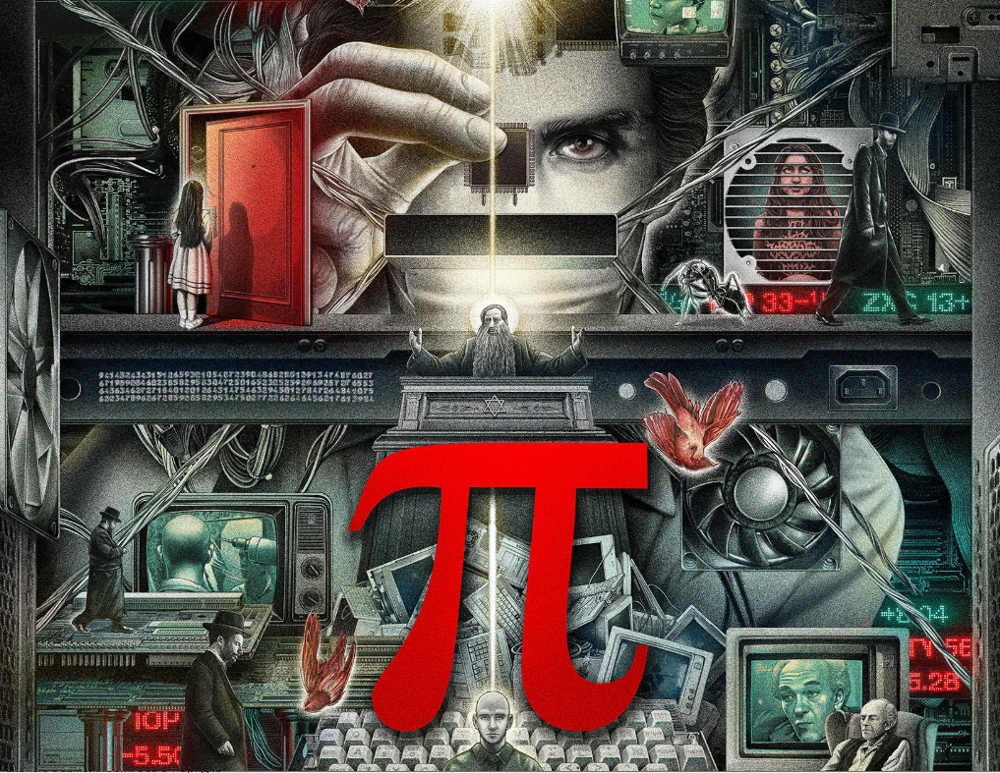
Since the number π is irrational and its signs have no periodicity in repetition, any sequence of signs in it is theoretically quite possible. The values of the number π after the decimal point can encrypt any information - your mobile phone number, birthday, postal code. And if you convert the letters of the alphabet into numbers (when the first letter “a” is equal to 0, and the last letter “i” is equal to 32), then all text information in the Universe will be encrypted in pi.
For example, it is quite realistic to imagine that we have encrypted Mikhail Bulgakov’s novel “The Master and Margarita” in this way in the form of numbers. Taking into account that the number π is irrational and infinite (and the converse has not yet been proven), it is quite possible that the famous book will sooner or later be found among the endless chain of decimal places π. Just like any other product of human thought.
7. Pi is a universal constant
It is used in many branches of mathematics - trigonometry, geometry and higher mathematics, as well as in engineering, architecture, astronomy and physics. Let's imagine what would happen if humanity did not know the number π:
There would be no precise measurements of circles and spheres, which are one of the basic geometric figures used by science and technology.
There would be no higher mathematics, many of whose formulas and equations use the number π.
There would be no trigonometry, which uses pi in many of its formulas, equations, and basic concepts.
There would be no physics and engineering calculations that rely on the use of circles, spheres and other geometric shapes, or they would be extremely inaccurate.
If there were no computer graphics: π is used in this field to calculate the shapes of shapes and curves - without it it would be very limited in displaying shapes correctly on computer screens.
Without a GPS system in your car or smartphone, a navigation system uses the number π to calculate your specific location on planet Earth.
8. Pi is used in cryptography 
Source: Still from the film The Net
During World War II, Allied forces used π to encode secret messages between the United States and Great Britain. In this cipher, the digits π were used to represent letters, numbers, and other characters. It is still used in cryptography to generate pseudorandom numbers and one-time codes. Alfred Hitchcock's spy film Torn Curtain and the thriller Network, starring Sandra Bullock, also used pi as a secret code.
9. The Pi brings out what the CPU is capable of. 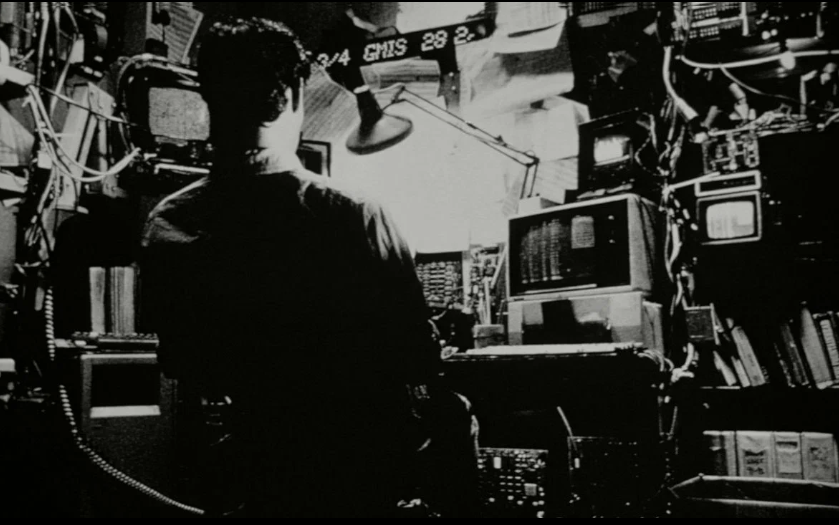
Source: Still from the film Pi by Darren Aronofsky
Calculating the decimal places of π is a standard load test for checking the performance level of a computer's processor. The less time it takes a computer to calculate a given number of decimal places of pi, the higher the performance of the device. The first calculations of this kind were carried out back in 1949 on the ENIAC computer - then “only” 2037 decimal places were calculated.
10. Pi Helps Demonstrate the Power of Memory
In 2006, Japanese Akira Haraguchi memorized and recited 100,000 digits of the number π! This is an unofficial world record for memorizing the signs of the number pi. Establishing this record took him 16 hours. Akira Haraguchi memorized the numbers themselves using the mnemonic method, when certain numbers (from 0 to 9) were assigned the corresponding letters of the alphabet, and then the numbers were translated into images, which he memorized in the form of stories.
However, according to the Guinness Book of Records, the world record for memorizing pi signs belongs to the Indian Rajivir Meena, who in 2015 reproduced 70,000 decimal places. And in 2019, tenth-grader from Yekaterinburg Denis Babushkin was able to name 13,202 characters in a row.
11. The number is celebrated internationally 
“International Pi Day” is celebrated by math lovers on March 14th. It is believed that it was invented by the American physicist Larry Shaw, and according to the US standard, March 14 is written as “3.14”, which is similar to the number pi. This day is also called "Math Christmas" and is celebrated around the world, primarily to attract the attention of schoolchildren, but also the general public, to mathematics - and thereby demonstrate that mathematics can be turned into an interesting and exciting activity. By the way, in 2019, UNESCO declared March 14 as International Mathematics Day.
On this day, people read eulogies in honor of the number π, talk about its role in the life of humanity, bake and eat round “Pi pie” or “Pi pizza” with the image of a Greek letter π or with the first digits of the number itself, drink drinks and play games whose names begin with “pi”, solve puzzles and riddles, dance around round objects associated with this number, hold a competition to see who can remember the most signs of the number π, and also run “marathons” 3.14 km long.
It is noteworthy that on the same day the famous physicist Albert Einstein was born and another famous scientist, Stephen Hawking, died.
12. Pi lovers have their own language - “pilish”
In this language, or limited writing style, the length of successive words or sentences (in letters) corresponds to the digits of π. The shortest example is any three-letter word, for example “house”, any phrase will begin with it, continued further by a one-letter word, a four-letter word, and so on.
Many longer examples of Pilisch have been produced, including sentences, poems (called piemas), stories and novellas. In 2010, the longest story in the Pilisch language, Not a Wake, was written by Mike Keith, an American mathematician and software engineer, the text of which corresponds to 10,000 digits of pi!
Add your comment
You might be interested in:












